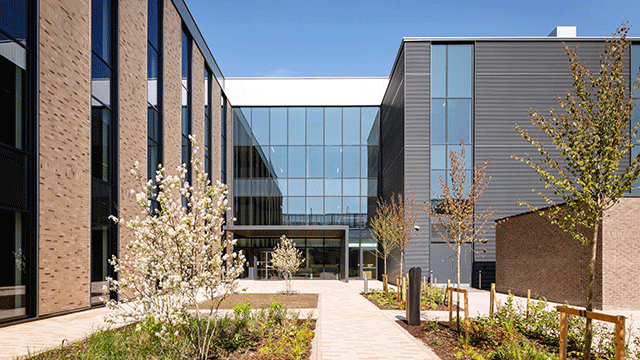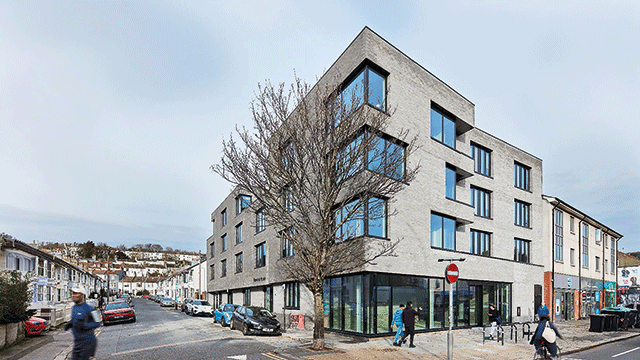COMMENT It was great to see Samantha McClary’s investigation into the looming energy performance rating cliff edge facing the UK property industry. Far too few owners and occupiers acknowledge the deadline to achieve a high EPC rating that is fast approaching.
For many property companies there appears to be a wish that they will be able to sell “brown” buildings at a premium despite their issues – or that the new regulations will never happen because the government will kick the can down the road.
But the more likely scenario is that properties below EPC rating C do in fact become impossible to trade or lease from 2027, causing severe distress across the UK real estate world.
A mountain to climb
Contractor Willmott Dixon estimates that more than 80% of the building stock expected to be in use by 2050 is already built, saying that the UK as a nation “has a mountain to climb”.
Owners have already taken steps such as swapping to sustainable lighting and machinery and it goes without saying that almost all new properties are developed with achieving net zero in mind.
Much more thought is also being given to generating energy from renewable energy suppliers, and many new buildings do not rely on fossil fuels.
But the biggest step that any real estate owner or occupier can take is to measure and manage their building systems more cleverly – and it constantly surprises me that in the UK so few property owners really know how much energy their properties consume.
Imagine driving a car and not knowing how much fuel you are consuming: that is the situation which many leading owners of occupiers or real estate find themselves in once they have taken ownership or occupation of a property.
This is where climate tech comes in. Digital technologies, if scaled across industries, could deliver up to 20% of the 2050 reduction needed to hit International Energy Agency net zero trajectories, and reductions in emissions of 4%-10% by quickly adopting digital technologies.
It is also clear that this approach improves productivity and prosperity. A CDP study of 500 S&P industry leaders in the US found that organisations disclosing their change management plans generate 67% higher return on equity than non-disclosing companies.
And this is so much better than carbon offsetting, with the Stockholm Environment Institute finding that 75% of carbon credits issued are unlikely to represent real reductions.
The institute’s study also showed that if instead of relying on offsets countries had cut pollution on site, global carbon dioxide emissions would have been 600m tonnes lower.
Lessons from India
But what does climate tech in buildings really involve? The key is to increase operational efficiency by using hundreds of sensors placed strategically throughout buildings by showing where systems are underperforming or malfunctioning.
This might be a boiler which, because it hasn’t been working properly for six months, is using far more energy than it needs to, or a heating and ventilating system which is a year past its working life and which is also working inefficiently, or avoidable energy usage in the in the building – driving up energy bills.
For a property company, this is far better during a period of stagnant or no growth than passing on increased costs for common areas to tenants.
For an owner-occupier, using climate tech to improve profitability can also make the company more investible and can be the difference between survival and failure.
Using climate tech to increase operational efficiency can also delay for years the need for expensive capital investment in buildings.
The optimum use of climate tech is a virtuous circle of continuous improvement – measuring, analysing, optimising, reporting, implement changes, then measuring again.
India – where I have lived and worked for many years – can teach the UK a lot about the efficiency of buildings.
The best global companies based in India – where severe heat and heavy rain increase the risk of obsolescence in buildings – such as property company Sonae Sierra, Honda and Tata Power, are using climate tech to improve the efficiency of buildings.
If we are to avoid the “Emerging Property Catastrophe” that EG cites, it is time the industry adopted tech to transform the performance of the thousands of inefficient buildings across the UK which may soon be unfit for use.
Chintan Soni is founder of Ecolibrium











